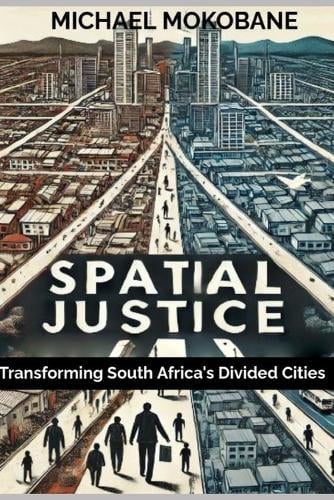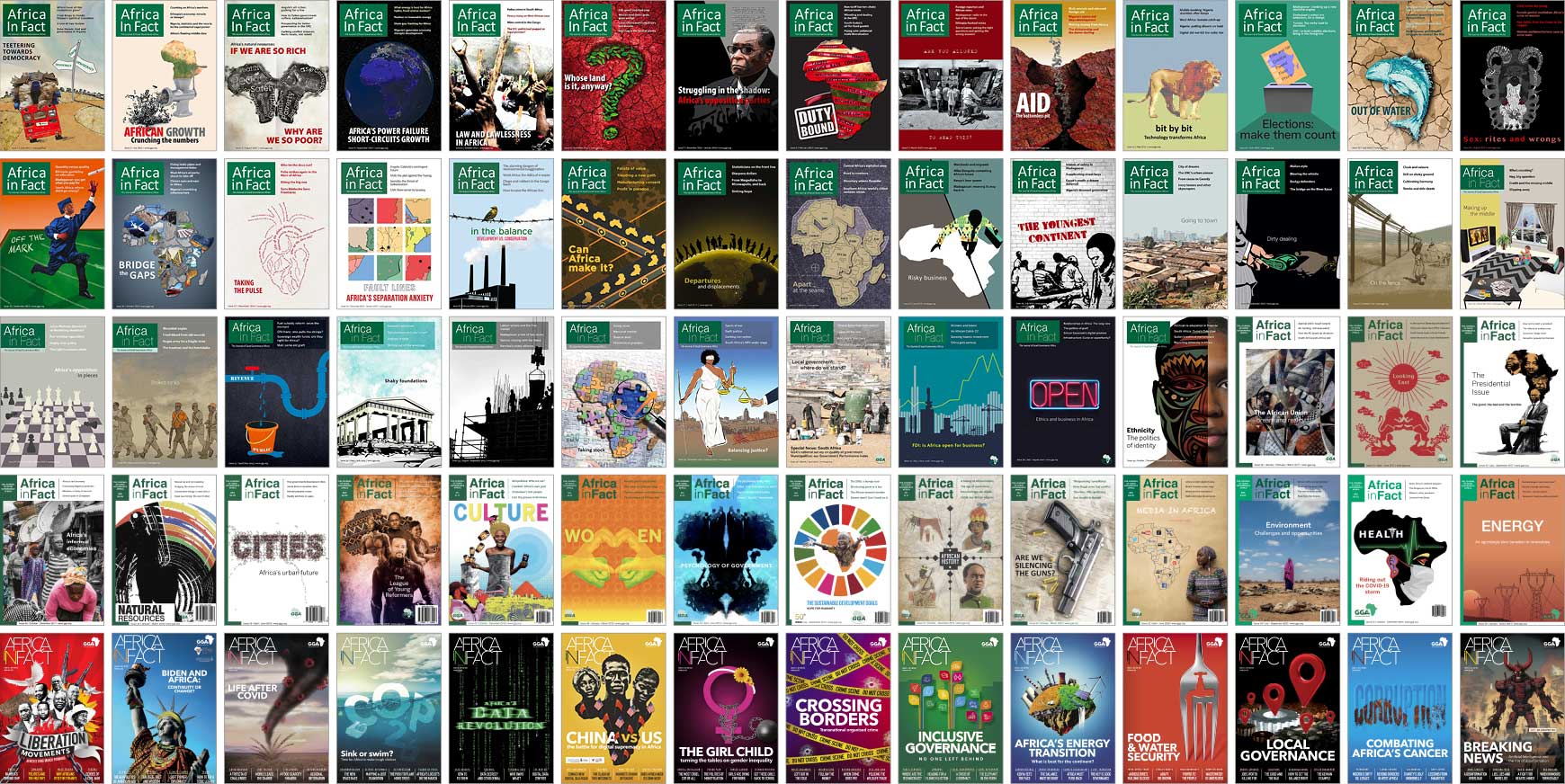In Spatial Justice: Transforming South Africa’s Divided Cities, Michael Mokobane examines the historical and contemporary forces shaping South Africa’s urban spaces, analysing the challenges and opportunities of creating more inclusive and equitable cities.
South African cities are diverse and complex spaces where history and present realities intersect. As Mokobane notes, the legacy of apartheid is particularly evident in the spatial divides shaping urban life. These divides, designed to separate, control, and oppress, persist in post-apartheid South Africa, manifesting as physical and social inequalities across urban landscapes. Mokobane argues that every street, building, and neighbourhood carries the weight of the past.
Spatial justice is the idea that space organisation and planning should serve all people’s needs, not just a privileged few. Initiatives and policy frameworks such as the Spatial Development Framework (SDF), National Development Plan (NDP), and Integrated Urban Development Framework (IUDF), featured in the book, emphasise the importance of spatial justice and advocate for developing compact, connected, and efficient cities that cater to all residents, especially marginalised communities. Accordingly, Mokobane stresses that all cities should offer opportunities for all residents, regardless of their background.
Spatial injustice, conversely, manifests in various forms, such as townships on the periphery of cities, dilapidated public infrastructure in poor neighbourhoods, and an overwhelming concentration of wealth in exclusive suburbs. However, it’s not just about physical distance; spatial injustice also encompasses social and economic exclusion. For instance, many townships and informal settlements are located far from economic centres, hindering residents’ access to job opportunities. Inadequate public transportation forces many residents to spend significant portions of their income on long, costly commutes. Furthermore, sub-standard infrastructure in these areas, including poor roads, inadequate sewage systems, and unreliable access to water and electricity, directly impacts residents’ health, education, and overall well-being.
Many South Africans still reside in areas designated for their racial group during apartheid, facing limited access to resources and opportunities. Informal settlements and townships, initially created as temporary housing during apartheid, have become permanent urban fixtures, reflecting persistent inequalities that are difficult to overcome.
Mokobane states that achieving spatial justice must be guided by the following five key principles: equitable resource distribution, accessibility and mobility, participation and representation, recognition of historical injustices, and sustainability and resilience. These must be supported by the following strategies: reforming urban planning, investing in infrastructure and housing, promoting mixed-use development, and improving public transportation.
By analysing successful spatial justice initiatives at both local and international levels, Mokobane provides valuable insights into how governments and municipalities can pursue spatially just policies guided by these principles.
Notable examples include the N2 Gateway Project in Cape Town, launched in the mid-2000s as a pilot for large-scale housing delivery. This project addressed the housing backlog by providing affordable housing to low-income residents in areas closer to economic opportunities. While this represented an ambitious goal, it faced challenges such as community resistance, slow delivery, and concerns about housing quality.
To enhance public transport accessibility, Cape Town has implemented various projects, including the MyCiTi bus service. This initiative aims to connect townships with the city centre, reducing travel times and increasing access to employment opportunities. Community involvement in the planning and implementation of these transport systems has been essential for addressing the specific needs of residents in marginalised areas.
The development of Khayelitsha’s green spaces in Cape Town has transformed the township’s landscape, providing residents with recreational areas and promoting social interaction. These spaces have become focal points for community activities, fostering a sense of belonging and ownership among residents. The initiative also highlights the importance of environmental justice in addressing the legacy of apartheid planning.
In Johannesburg, South Africa’s largest city and major economic hub, the Inner-City Regeneration project aims to revitalise the inner city by addressing crime, neglect, and infrastructure delays, a noteworthy example of efforts to achieve spatial justice. By promoting mixed-use developments and affordable housing, the project intends to create a vibrant urban environment that would attract residents and businesses. The involvement of community organisations in the planning process has been crucial in ensuring that the needs of diverse residents are met.
Another notable initiative is the city’s Informal Settlement Upgrade Programme, which enhances living conditions and promotes community development in areas like Diepsloot and Tladi by providing essential services and infrastructure improvements.
Efforts to address the housing crisis have also led to the development of mixed-income housing projects in previously neglected areas. For example, the Cosmo City development integrates affordable housing within urban areas, fostering social cohesion and reducing spatial segregation.
In public transport, Johannesburg’s Corridors of Freedom initiative creates public transport routes connecting townships to economic opportunities while promoting mixed-use developments along these routes.
Durban, South Africa’s third-largest city, is also addressing these issues. The eThekwini municipality has developed several policy frameworks to address spatial inequalities. Its Integrated Development Plan (IDP) outlines a vision for inclusive development, emphasising equitable access to services and opportunities.
To upgrade informal settlements, Durban city has implemented the Informal Settlement Upgrade Programme, aimed at improving living conditions in areas like Gugu Dlamini and eNanda. This programme focuses on providing essential services such as water, sanitation, and electricity while involving residents in the planning and implementation processes. Efforts to address the housing crisis have led to the development of affordable housing projects in previously neglected areas, such as the Giba Gorge housing development, which provides low-income families with secure housing options and access to essential services.
Despite these noteworthy initiatives, as Mokobane notes, the South African government faces various challenges in implementing spatial justice policies. For example, the NDP and the IUDF aim to promote inclusive, compact, connected, and efficient cities. Still, implementation has been hindered by the strains placed on existing infrastructure and services due to rural-to-urban migration.
Bureaucratic inefficiency, corruption, and a lack of political will often hamper implementation. Mokobane adds that political infighting within the African National Congress (ANC) also hinders progress towards spatial justice. To succeed in pursuing spatial justice, Mokobane makes the following recommendations: strengthening policy frameworks, engaging and collaborating with communities, investing in infrastructure, and monitoring and evaluating progress.
For example, strengthening policies that support public-private partnerships (PPPs) is crucial for leveraging private investment in affordable housing. Incentives like tax breaks, land grants, or expedited approvals can encourage private developers to prioritise affordable housing. Mokobane notes that South Africa’s PPP potential remains largely untapped. Achieving spatial justice requires both sectors to recognise the shared value of creating inclusive, sustainable cities.
Monitoring and evaluation (M&E) is integral to pursuing spatial justice. By systematically assessing policies’ impact and implementation, stakeholders can ensure that resources are allocated effectively, strategies are adaptive, and the voices of marginalised communities are heard. M&E challenges, from data limitations to realistic evaluation, can be mitigated through collaborative approaches, capacity-building initiatives, and a commitment to transparency and accountability.
Undoubtedly, the pursuit of spatial justice is challenging but necessary. It is a quest that calls for collective action from all stakeholders: government institutions, civil society, and community members.

Sarah Nyengerai is an academic and freelance writer based in Zimbabwe with a strong passion for social, cultural, economic and political issues that affect women. She believes literary works form the foundation for the dialogue required to sustain momentums of change and aims to bring attention to such matters. A member of NAFSA (Association for International Educators) and Forum for African Women Educationalists (FAWE), Sarah is actively involved in the advancement of education for women.



